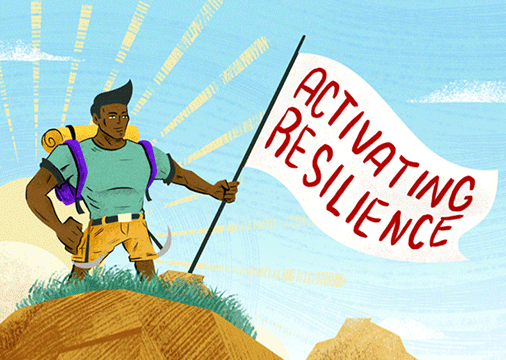Let’s put founding a startup in context. You have a greater chance of summiting Everest (29%) than building a successful company (10%). If that weren’t enough, a study conducted by Michaela Freeman of the University of California, San Francisco found that 72% of surveyed entrepreneurs reported mental health concerns, and were “significantly more likely to report a lifetime history of depression… ADHD… substance use conditions… and bipolar diagnosis… than were comparison participants.” Given these odds I often think being an entrepreneur or founder takes extremes of psychological, emotional and cognitive reserves – or what I call temporary insanity.
This temporary insanity is caused by a number of both external and internal factors. There is considerable uncertainty, extremely low margins of error, high incidence of interpersonal conflict with co-founders, venture capitalists and team members, and a very, very high risk of failure. The power of these ‘settings’ are exacerbated by the founder CEOs temperament and drive. Most have a deep sense of passion and purpose, and a significant personal investment in their idea and its impact. Their singularly focus means they don’t always cultivate the social networks that might help them adapt and cope. They are often asked to perform in areas where they may not have skills (hiring, sale-motions, finance and leadership), and, in my experience, often question their role as CEO–the label can carry considerable baggage fueling self doubt and a lack of confidence.
So how do you cope with the madness? Take a look at this short video on how founders and startup CEO’s can manage the craziness of building a business by activating the ordinary magic of resilience.



